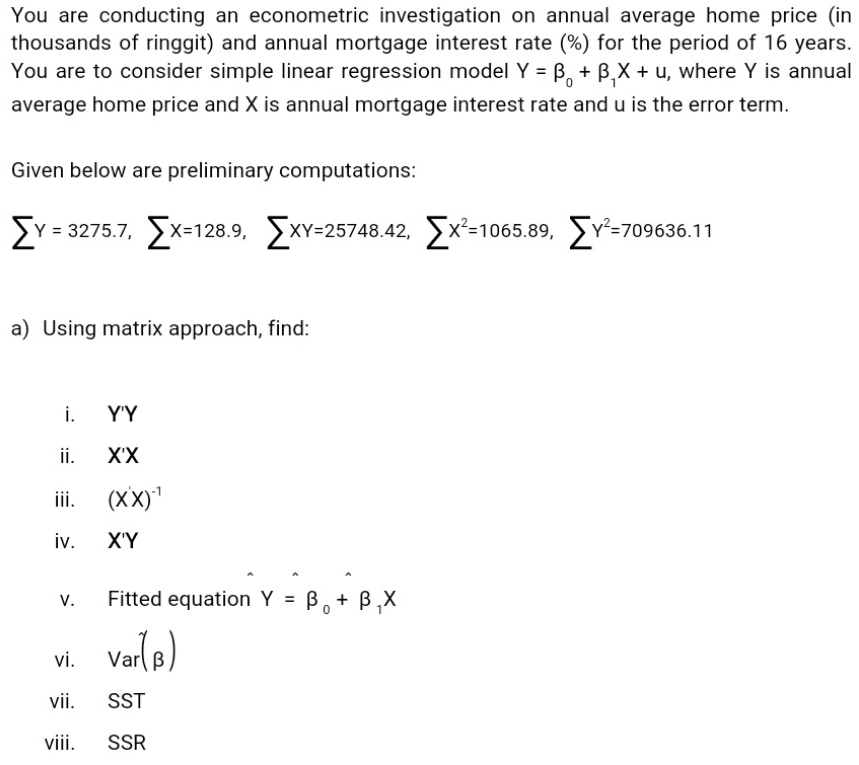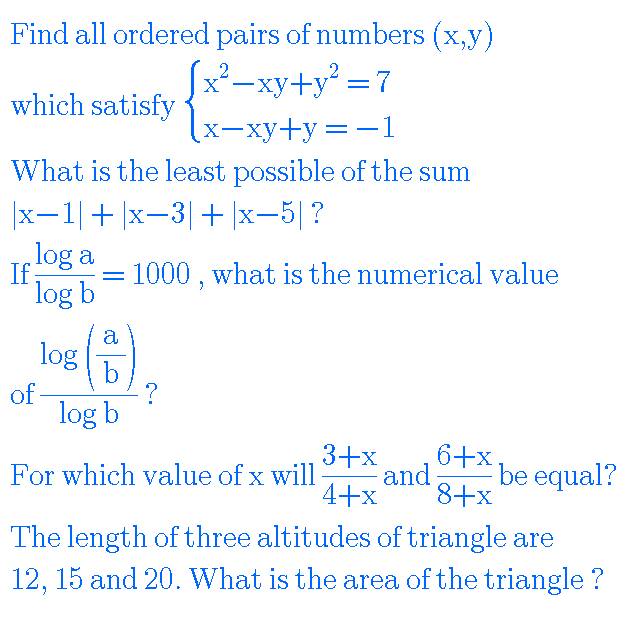
AllQuestion and Answers: Page 1190
Question Number 97305 Answers: 1 Comments: 0

Question Number 97303 Answers: 0 Comments: 0
Question Number 97283 Answers: 0 Comments: 0

Question Number 97275 Answers: 1 Comments: 14
Question Number 97272 Answers: 0 Comments: 0

Question Number 97271 Answers: 1 Comments: 2
Question Number 97270 Answers: 1 Comments: 3
Question Number 97250 Answers: 1 Comments: 0

Question Number 97239 Answers: 0 Comments: 3
$$\int\:\frac{\mathrm{sec}\:^{\mathrm{3}} {x}\:{dx}}{\sqrt{\mathrm{tan}\:{x}}}\:?\: \\ $$
Question Number 97238 Answers: 0 Comments: 1

Question Number 97236 Answers: 3 Comments: 3

Question Number 97235 Answers: 1 Comments: 0
Question Number 97231 Answers: 0 Comments: 0
Question Number 97230 Answers: 2 Comments: 0
Question Number 97227 Answers: 2 Comments: 1

Question Number 97226 Answers: 0 Comments: 0
Question Number 97218 Answers: 2 Comments: 0
Question Number 97206 Answers: 2 Comments: 0

Question Number 97200 Answers: 0 Comments: 8
Question Number 97199 Answers: 1 Comments: 0
Question Number 97192 Answers: 1 Comments: 4

Question Number 97189 Answers: 0 Comments: 0

Question Number 97182 Answers: 0 Comments: 0

Question Number 97181 Answers: 0 Comments: 0

Question Number 97174 Answers: 0 Comments: 0
Question Number 97173 Answers: 1 Comments: 0

Pg 1185 Pg 1186 Pg 1187 Pg 1188 Pg 1189 Pg 1190 Pg 1191 Pg 1192 Pg 1193 Pg 1194
